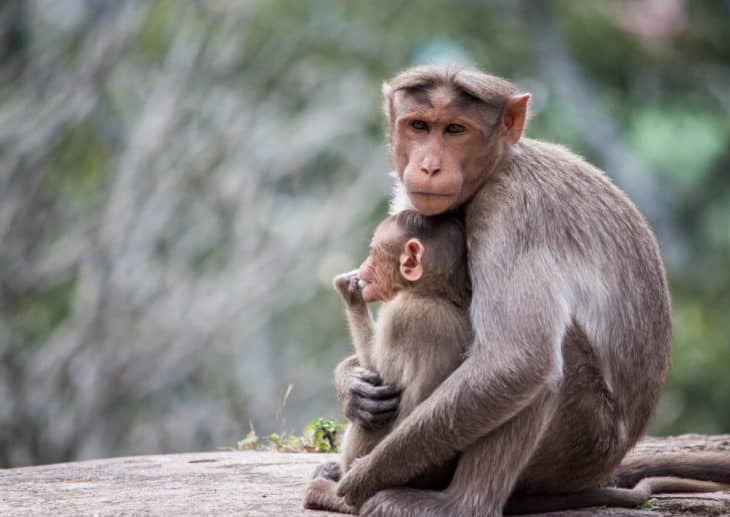
There are many types of monkeys with unique personalities. Quotes regarding their nature are quite popular among us. An example would be the phrase “monkey see monkey do”, which is an insult, of course. Still, it’s not right to say that monkeys are less than us. These beautiful primates have developed into familial groups with their own ways of living.
A lot of people love monkeys. They have served as an inspiration to prominent artists. They even have a pokemon named after them called Mankey that has a pig nose and a circular body, but the appendages and tail of a monkey. Mankey evolution turns into a Primeape, but that’s completely different from the monkey.
You can also find many monkeys online. If you’re looking at how to get a monkey, that’s the best place you can find them. And if you aren’t, there are always pictures of funny monkeys and cute monkeys lying around here somewhere. Meanwhile, if you want to buy a baby monkey, you should know that its lifespan can range up to 20 to 60 years.
On another note, the human-monkey relationship is complicated. There are some monkey breeds that coexist with us and even live in our cities, but there are also aggressive and territorial ones. That is why we’re here to get you to distinguish and learn more about the different types of monkeys and what they’re truly all about.
History of Monkeys
There are two types of monkeys in history: the old world monkeys and the new world monkeys. The old world monkeys were the first to appear on earth. Although there’s scarce information regarding their existence, we have learned they appeared around 31 to 36 million years ago, while the new world monkey arrived 30 million years ago. If you find pictures of monkeys and wonder whether they’re from the new world order or the old world, all you have to do is check whether their buttocks have hair, or if their tails can curl, or if their nostrils are downward.
Monkeys also have a spot in literature. A prominent character would be Sun Wukong, a famous character known for his part as the Monkey King in the novel, Journey to the West.
Now that we have the general idea about them, let’s get started on the different types of monkeys. There are over 174 new world monkey breeds and 160 old world monkey breeds. Since that’s too much for one sitting, let’s discuss these groups of monkeys.
Small Types of Monkeys
A tiny monkey is absolutely cute. This is probably because of their size or that you could mistake them for a baby monkey. Regardless, the small monkeys listed below are some of the most adorable ones we’ve ever found.
Philippine Tarsier

Small monkey breeds like the tarsier are easy to miss. You should also add the fact that tarsiers are nocturnal and would rather sleep than interact with you. They’re one of the world’s smallest animals, particularly in the prime ape category. Tarsiers have gigantic eyes with heads that move the same way as owls.
Tarsiers are easily frightened and stressed. This is one of the principal causes of their life spans decreasing. It’s also the reason flash photography is strictly prohibited when entering a tarsier’s territory.
Pygmy Marmoset
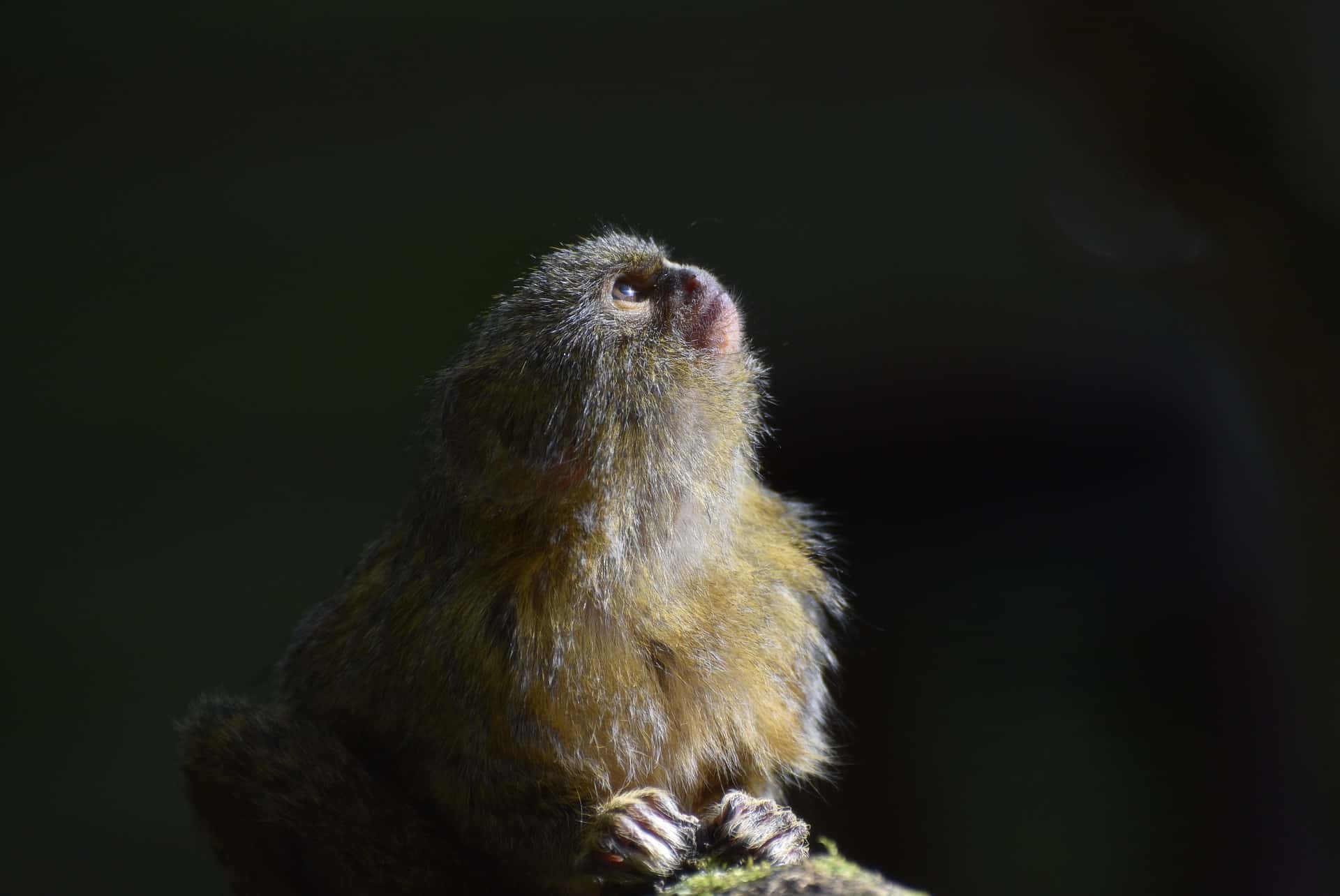
The Pygmy Marmoset is the smallest monkey in the world. Another name for them is Finger Monkey because their small body is the size of one finger. Their tails are necessary for proper balance when running from predators. They’re so small that even cats hunt them down.
Although they’re quite a handful, Pygmy Marmosets can be sold as pets. They need sizable areas for play and consistent attention. In the wild, Pygmy Marmosets prefer rainforests with tall trees.
Golden Lion Tamarin
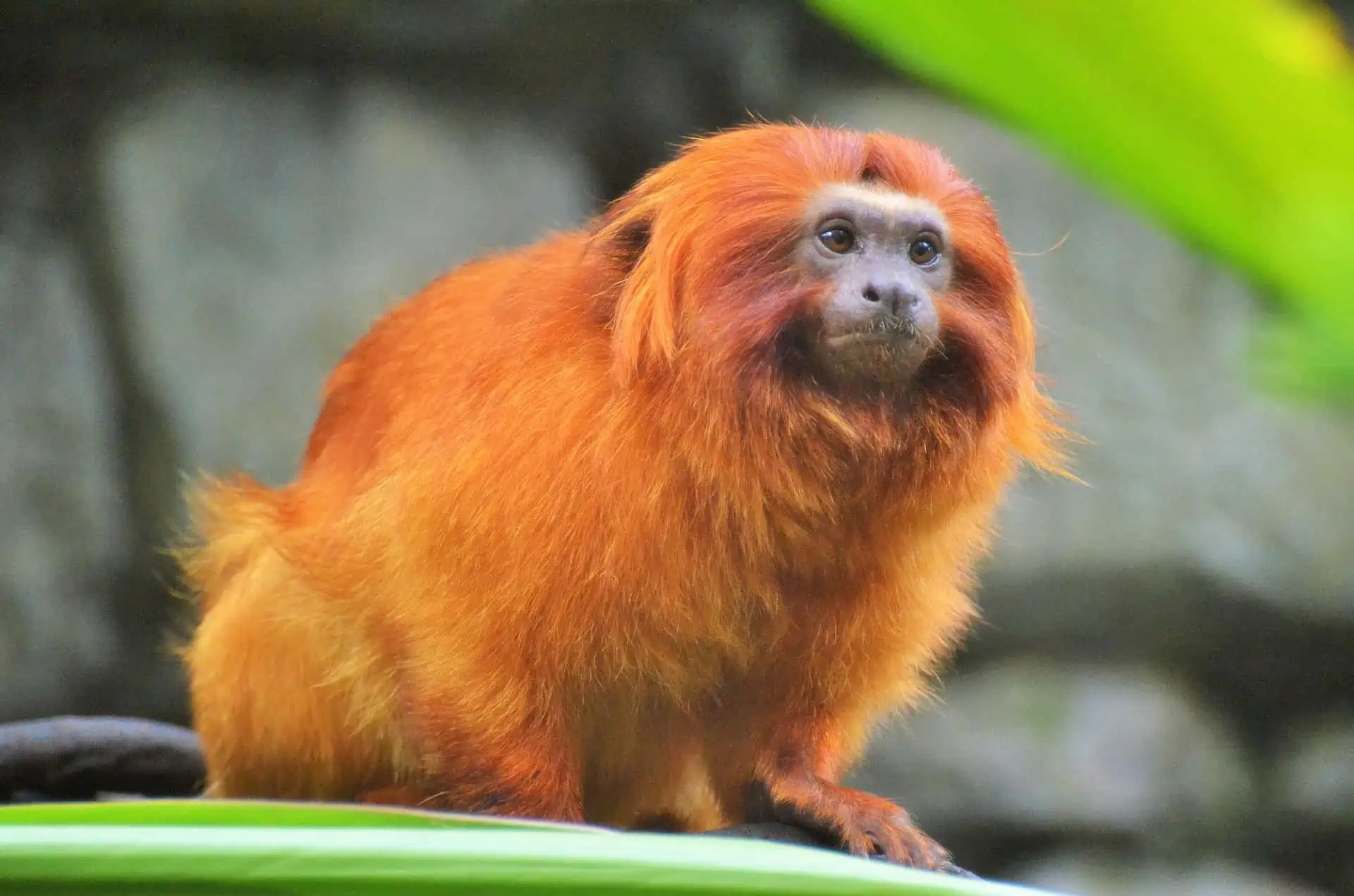
The Golden Lion Tamarin originated from Brazil. Their name comes from their thick orange coat which looks similar to the manes of male lions. As sociable monkeys, they prefer to live in groups where they share their food rather than stay solitary.
The male Golden Lion Tamarin takes care of the infants more than the rest of the group. Said group is bound in groups of 3 to 8 members. Each group has at least 1 pair of male and female. They’re also very territorial and rarely stray far from their nest. They have 17 different calls that have been documented by researchers.
Capuchin Monkey
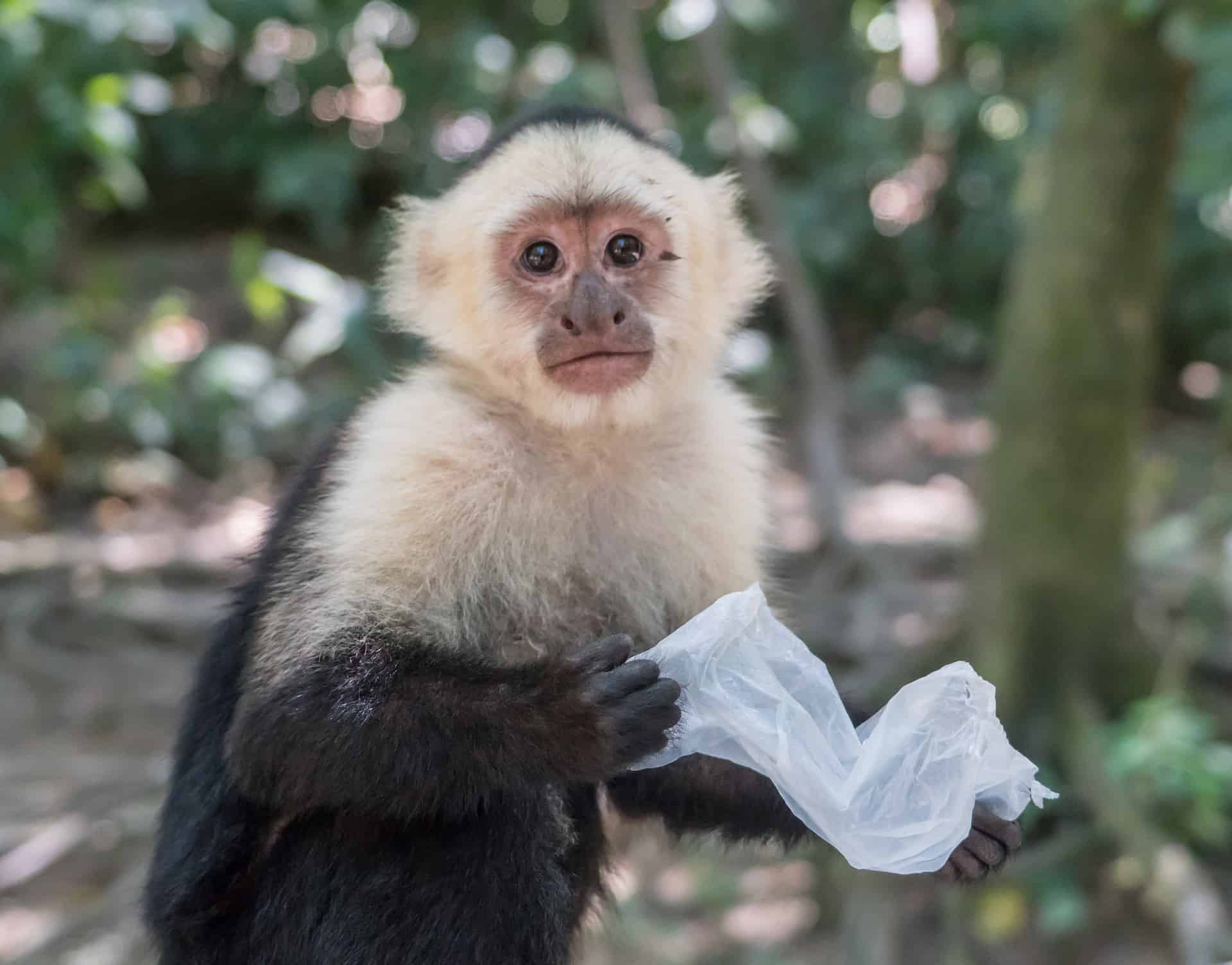
An interesting fact about the Capuchin Monkey is that they have opposable thumbs. Added to that is their heightened intelligence that makes them able to use tools. Despite their advanced mental state, you cannot potty train a Capuchin. They are diurnal monkeys, making them awake in the morning just like us. They live in groups of 6 to 20 members.
Squirrel Monkey
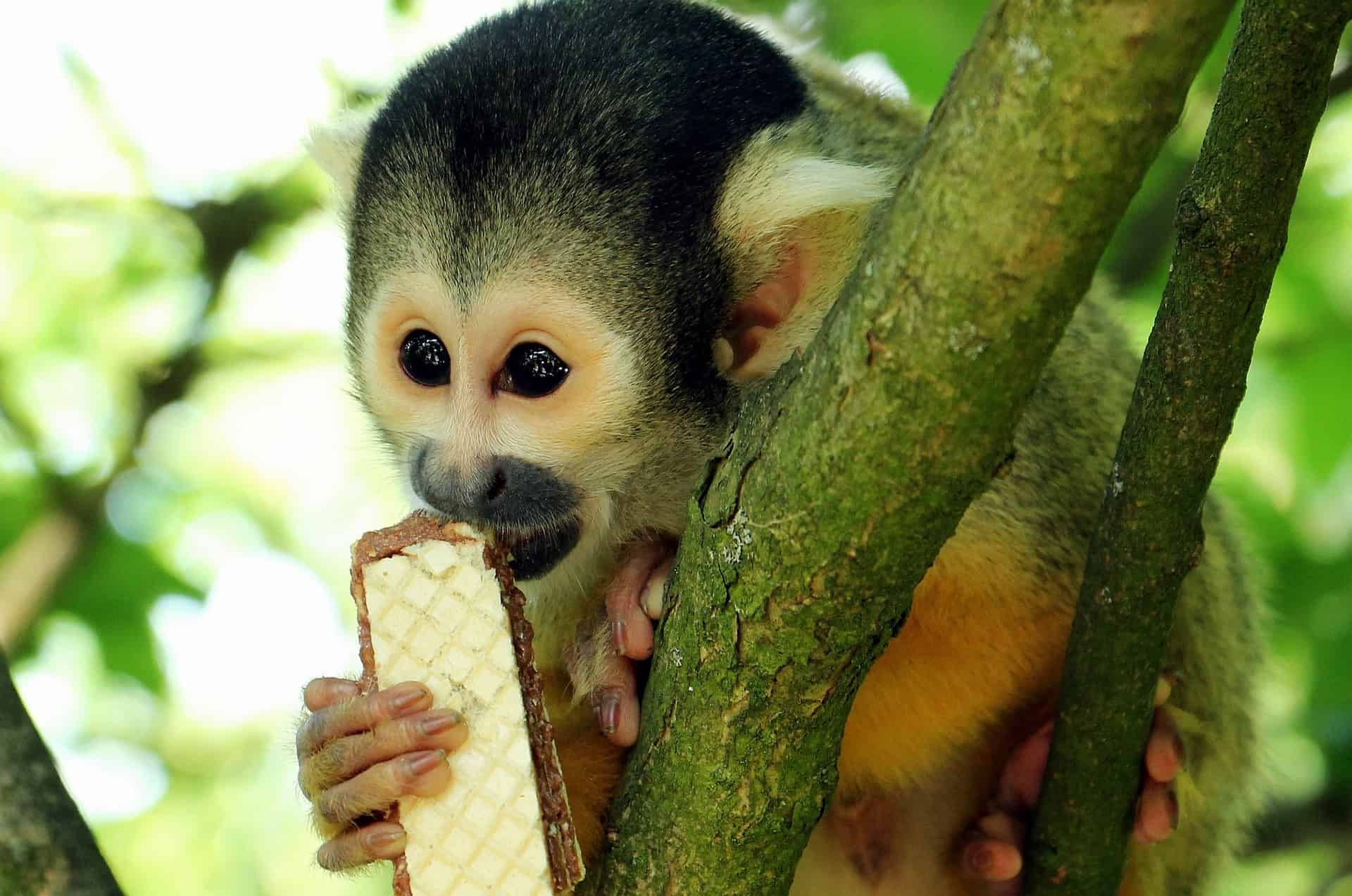
Squirrel monkeys live in troops of up to 500 members. This number would be very useful in terms of predator attacks. A squirrel monkey’s tail is only used for balance alone. This is because their tails cannot grab branches. They live around the Amazon River and Guiana Forests. In addition, they have 26 different vocal calls, making them one of the most communicative of the primates.
Dangerous Types of Monkeys
Mandrill

If you watched the Lion King, you’d know of the famous Mandrill shaman of the Pride. Unfortunately, Mandrills aren’t as friendly as Rafiki is. The largest of all the monkeys and one of the most aggressive ones, they’re endemic only to Africa and are reclusive by nature.
Don’t let their introverted nature fool you, though. Mandrills do not back away from a fight and even more so when threatened. They start warnings first before attacking by showing their elongated and sharp teeth to their enemies. Despite being aggressive and strong, Mandrills rarely attack humans. This is because humans don’t go into deep forests where they live.
Rhesus Macaques
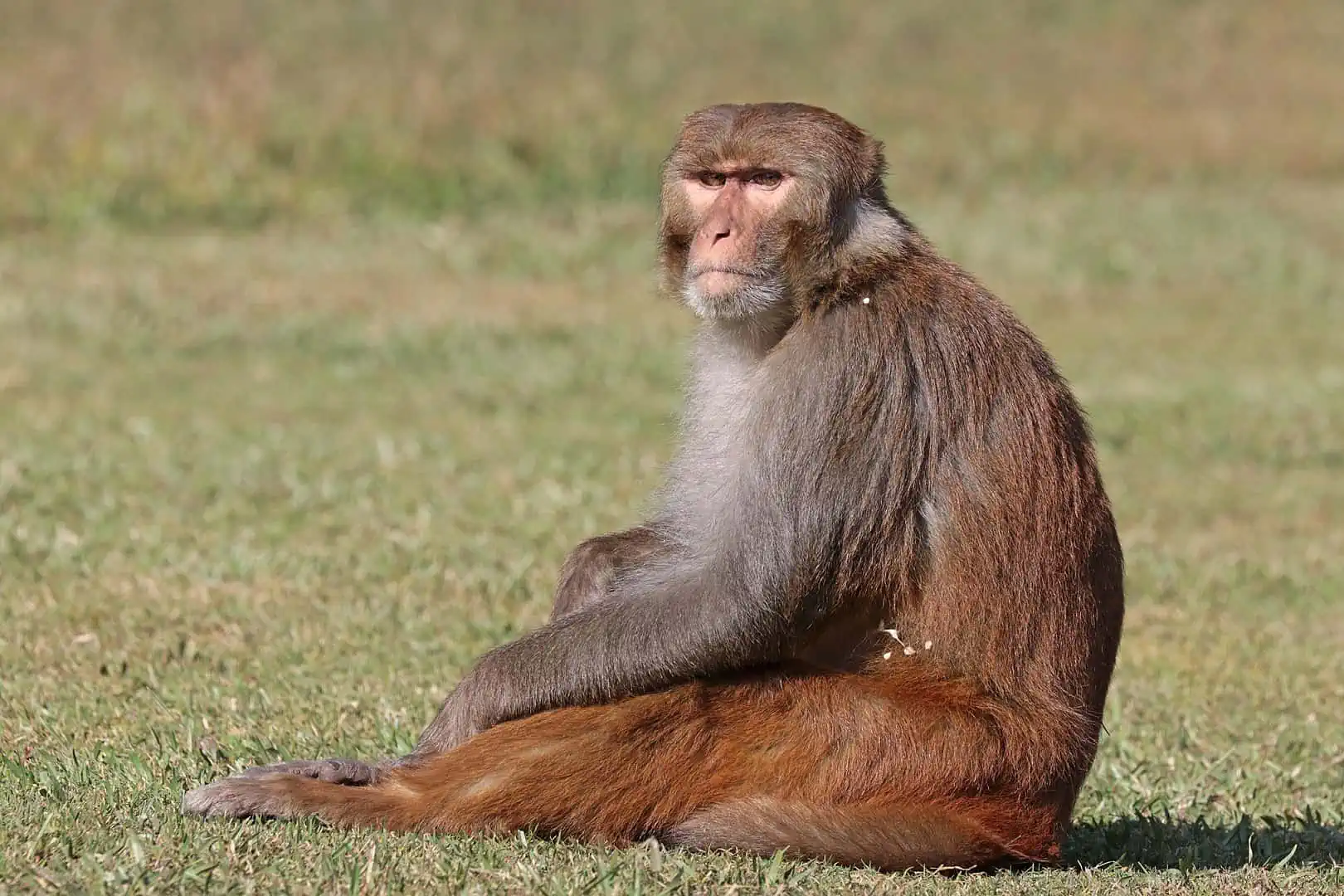
The reason why the rhesus macaques are listed alongside the dangerous types of monkeys is the virus they carry. Type B herpes is no joke, and can be easily transferred to humans if the Rhesus Macaque gets irritated and aggressive with them. A simple bite or scratch would do the trick. Moreover, Rhesus Macaques are also aggressively territorial. Unfamiliar locations, situations, or creatures will rile them up quickly.
Chacma Baboon
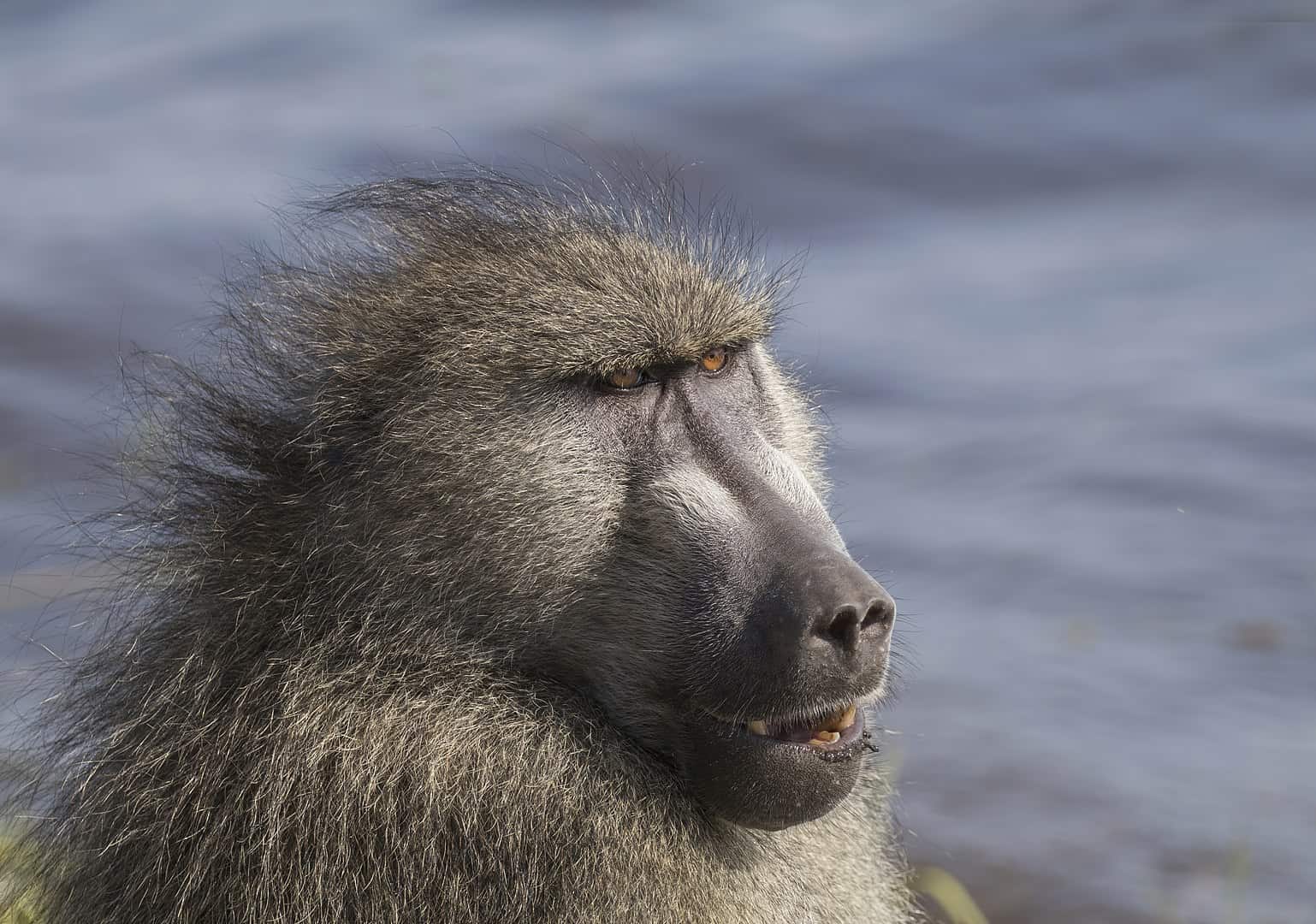
The Chacma Baboon or Cape Baboon is one of the most dangerous monkeys in the world. People are advised not to feed them so that humans would not be associated with food. Male Chacma Baboons are the most defensive baboons out there, making it easy to provoke them even if you don’t mean to. Cape Baboons are still widely celebrated, though. They are mostly associated with the Cape of Good Hope in South Africa where it’s easy to spot them.
Slow Loris
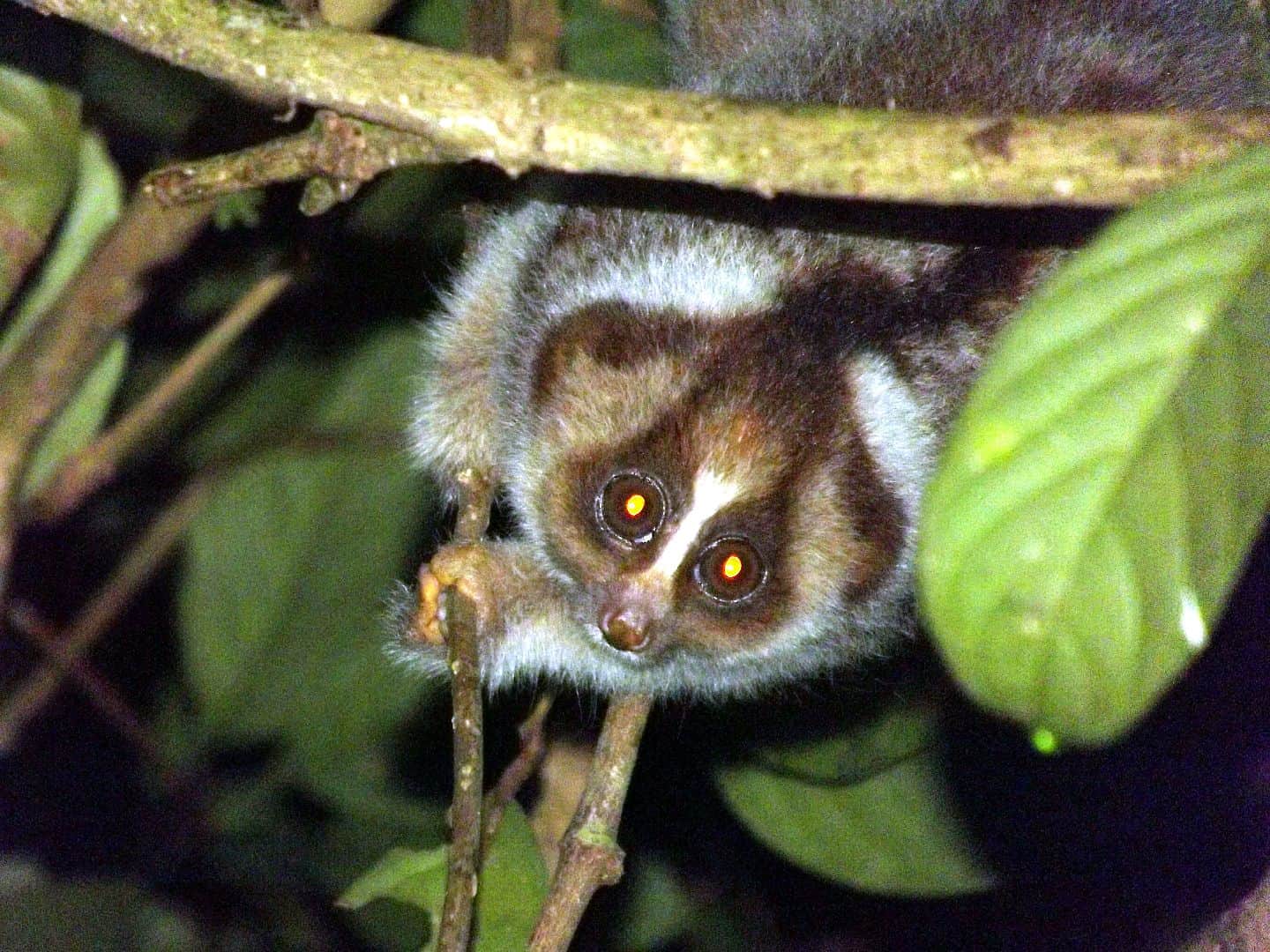
Slow Lorises are actually cute monkeys that live in Southeast Asia. They seem docile and even harmless, but don’t let that fool you. Slow Lorises have enough toxins that a bite can kill a person through anaphylactic shock. The bite victim would first experience paraesthesia, followed by the swelling of their face. Soon after, chest pains and abdominal pains occur, along with swollen ears, mouth, and nausea.
Friendly Types of Monkeys
These types of monkeys are the ones that can become your pet. If you’re wondering how to buy a pet monkey, you should also consider if you’re a good enough owner. They’re not actually good as pets because of their intelligence and need for constant care. If you’re still up for the challenge, though, you should also ask yourself, “how much do they cost?” The answer is a whopping $4000, at least.
Guenon Monkey
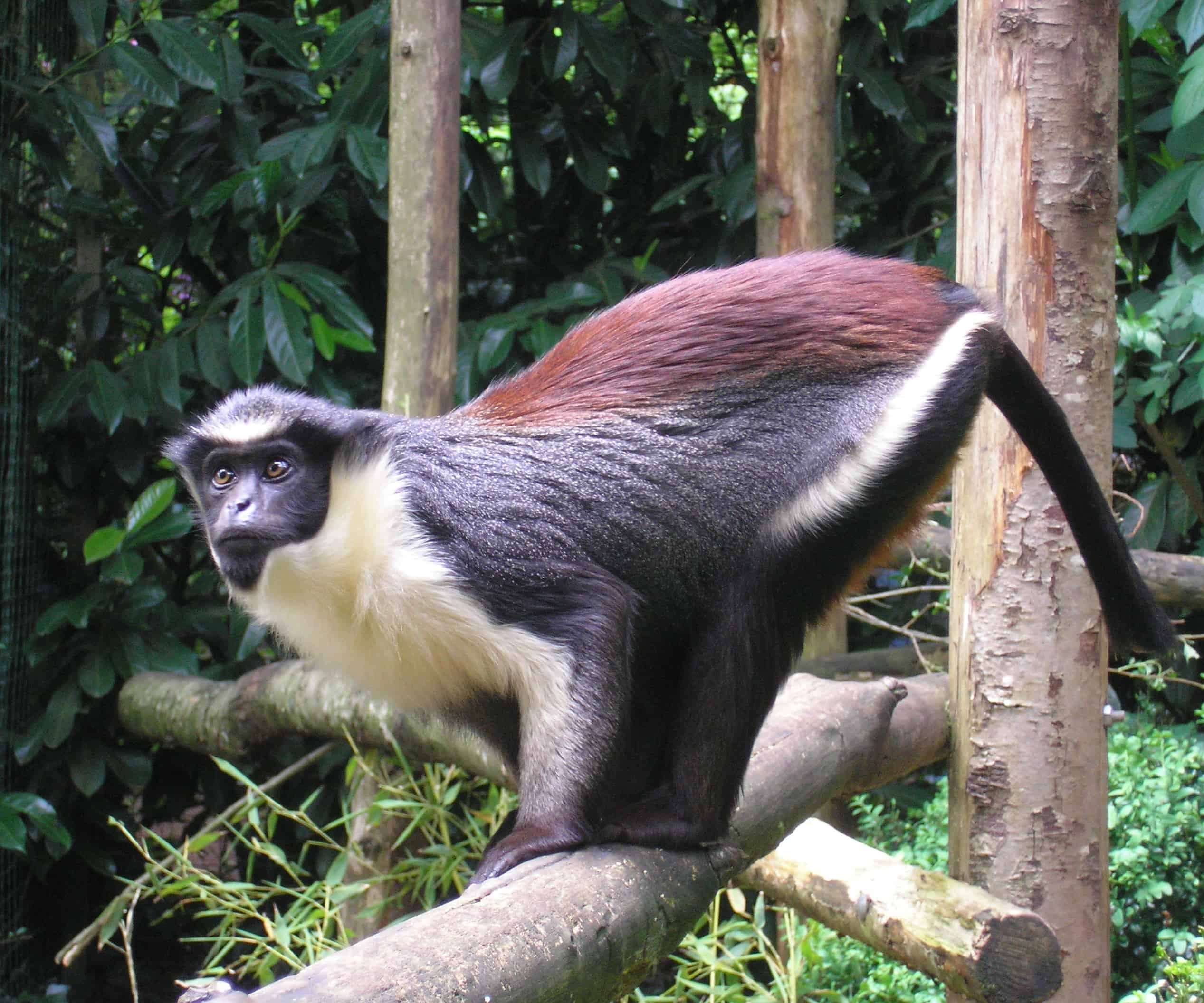
Their distinct shapes and patterns make the Guenon monkey stand out. Meanwhile, their cheek pouches are also as large as their stomach, making it easy to forage food for a later time. Their tails are indicators of their current mood. Baby Guenons are gentle and they trust easily. If treated right, the pet Guenon would become docile and need attention. A mistreated Guenon monkey would be a visible threat to anyone around them.
Vervet Monkey

The Vervet monkey is a common primate found in the East of Africa. They belong to the old-world monkey species. Their fur can sometimes have a green tint to it, giving them the nickname “Green Monkey.” However, it’s not just their fur that’s colorful. Their abdomen’s skin is in the shade of blue. A fun fact about the Vervet monkeys is that they’re the most adaptive of the primates and can be found anywhere in Africa.
Spider Monkey
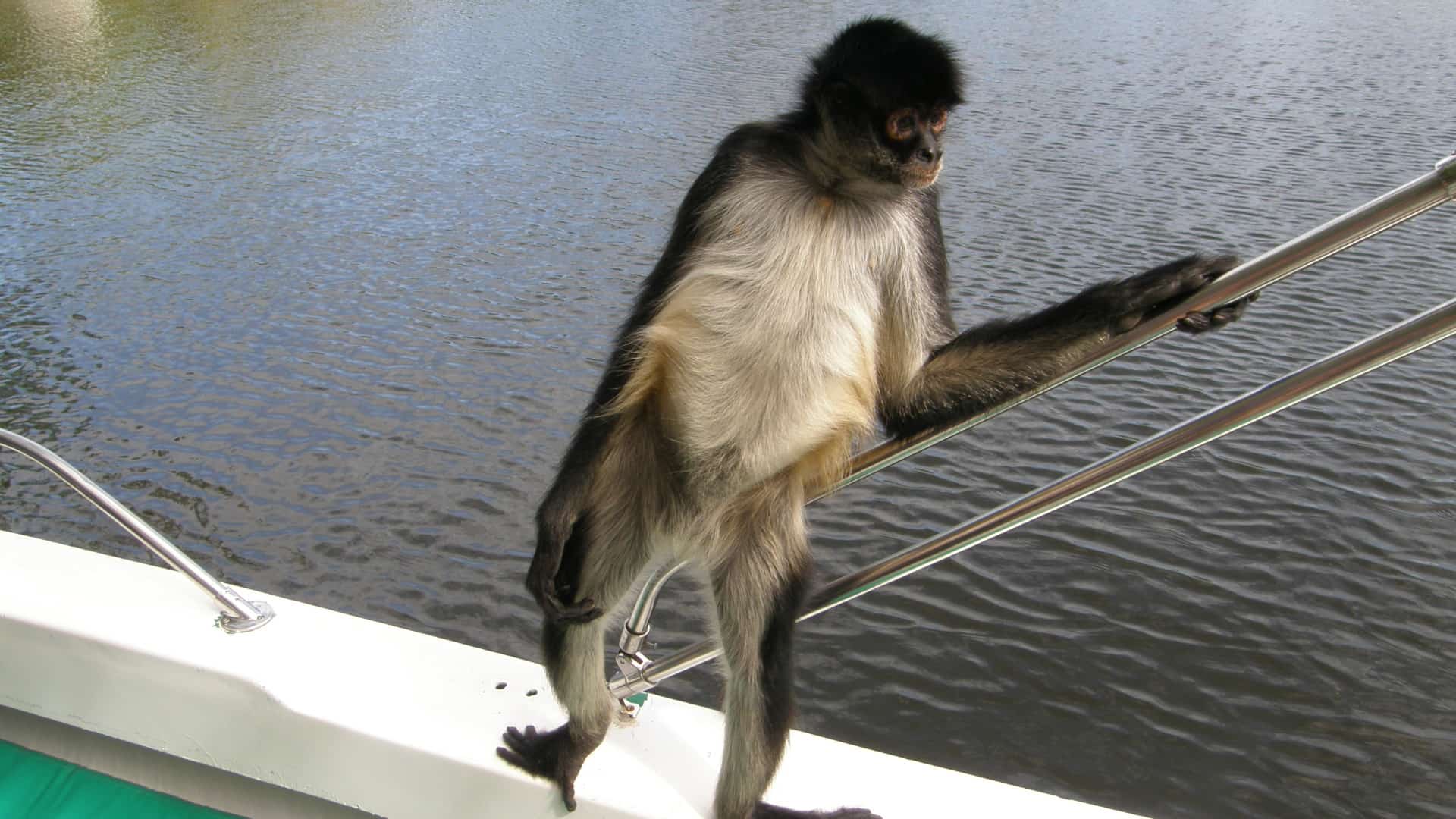
The Spider monkey is one of the most energetic monkeys out there that you can keep as a pet. Not only is it because they’re extremely quick on their feet, but also because the Spider monkey can remove their diapers. Their tails act as a 5th limb for them and are longer than their body. They live in places like Mexico, Brazil, and South America.
Rare Types of Monkeys
Exotic monkeys can be rare to those who live in different countries, but the actual rare types are those that even the locals can’t seem to find easily. Listed below are the rarest and most endangered types of monkeys we have in our world.
Delacour’s Langur
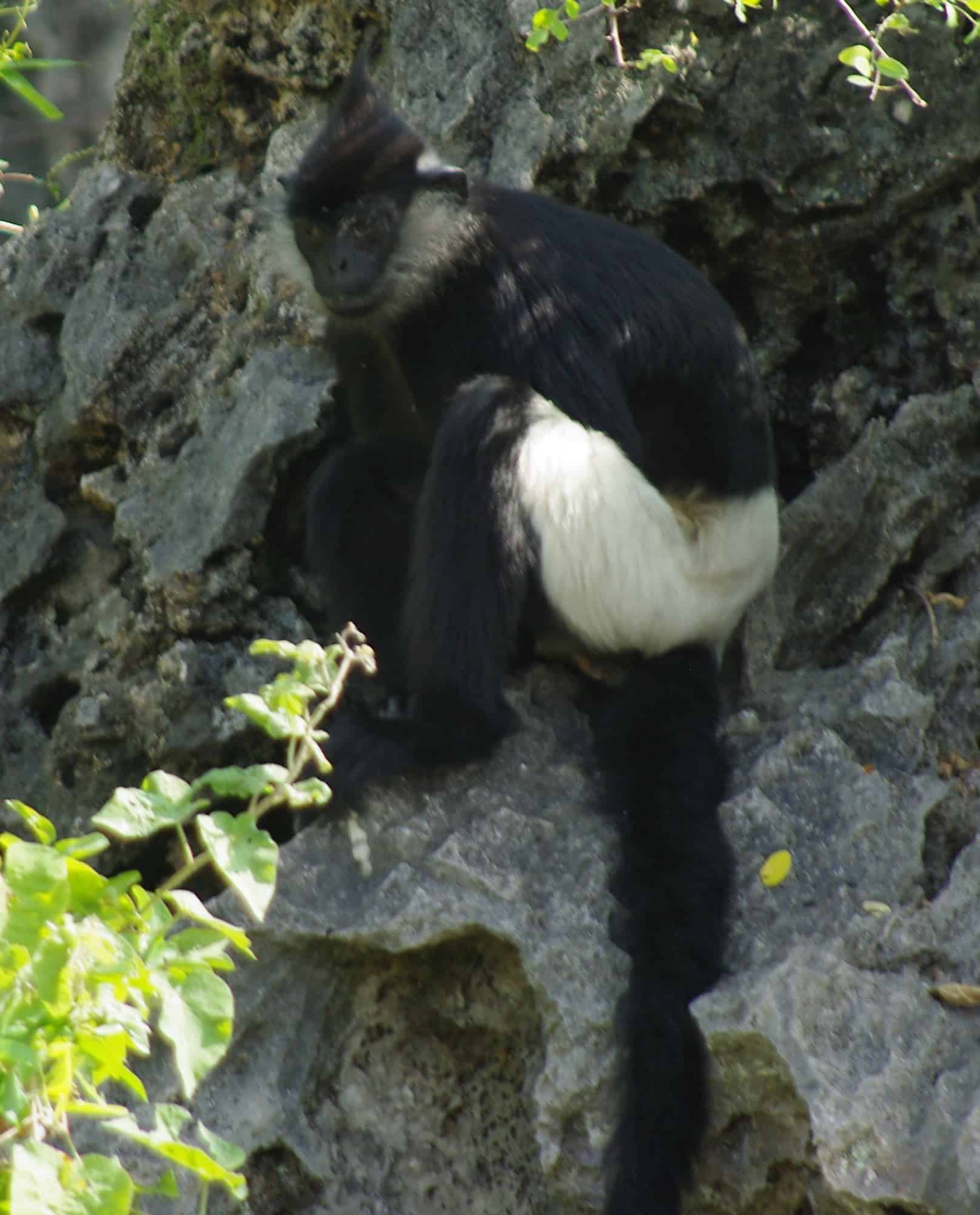
It’s the monkey that seems to wear white shorts. Delacour’s Langur is a bushy monkey with white and black fur. They’re endemic to Vietnam, particularly in limestone karst forests. Their families usually comprise one male, four females, and several offsprings.
Cat Ba Langur
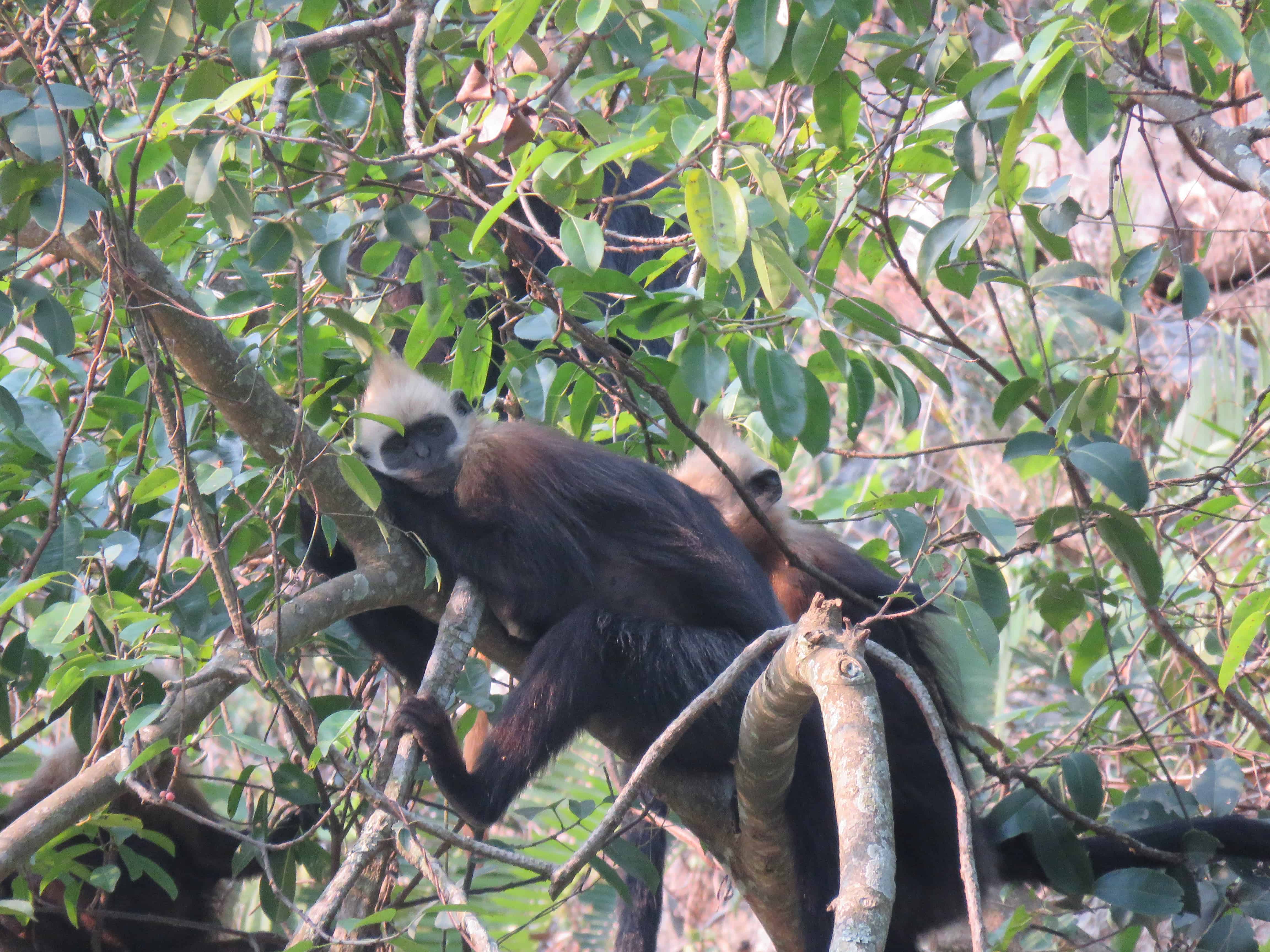
Cat Ba Langurs or Golden-Headed Langurs are one of the most endangered primates in the world. There are less than a hundred Cat Ba Langurs alive in the world. Cat Ba Langurs can be found in Cat Ba, Vietnam. They also seem to drink salt water, which makes scientists curious about the creature, since no other monkey does this. Unlike the others, Cat Ba Langurs are silent monkeys. They’re also endangered because of being hunted down for traditional medicine.
Red-Shanked Doucs

The Red-Shanked Doucs are famous for the vibrancy of their colors. They have black, grey, white, red, and orange fur covering their bodies. Because they are herbivores, they eat only leaves, flowers, fruits, and bark. They’re also hunted down for traditional medicine and animal trade, though many countries have laws written to prevent the poaching of their kind.
Unique Types of Monkeys
Golden Snub-Nosed Monkey
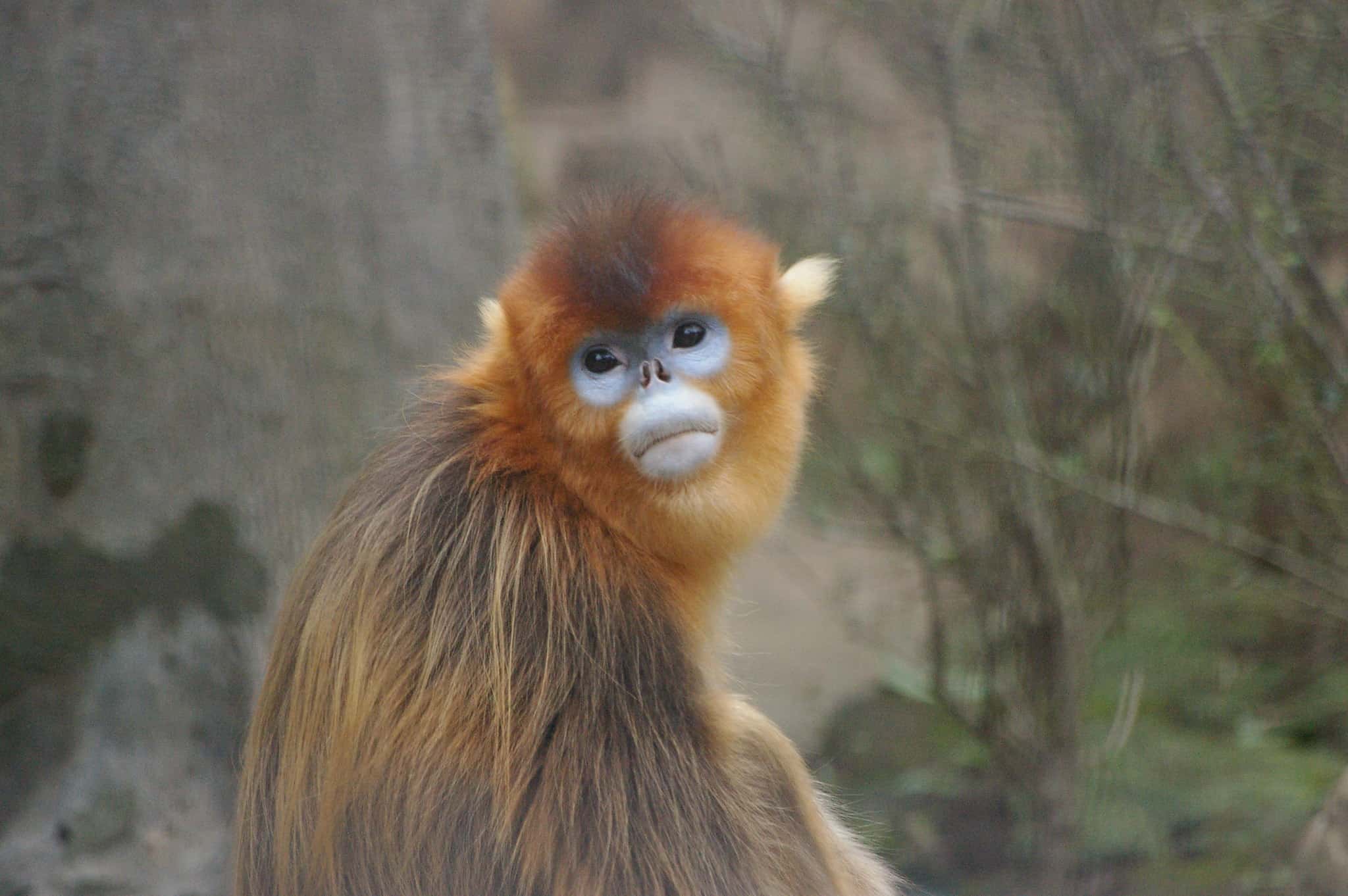
The Golden Snub-Nosed is the brightest-looking one of them all in this list. This is because of their naturally long orange fur. It is also called the Sichuan snub-nosed monkey. They live in the Tibetan Plateau. It’s a place that can get to sub-zero temperatures easily. Some scientists believe their noses developed this way to prevent frostbite.
Proboscis Monkey
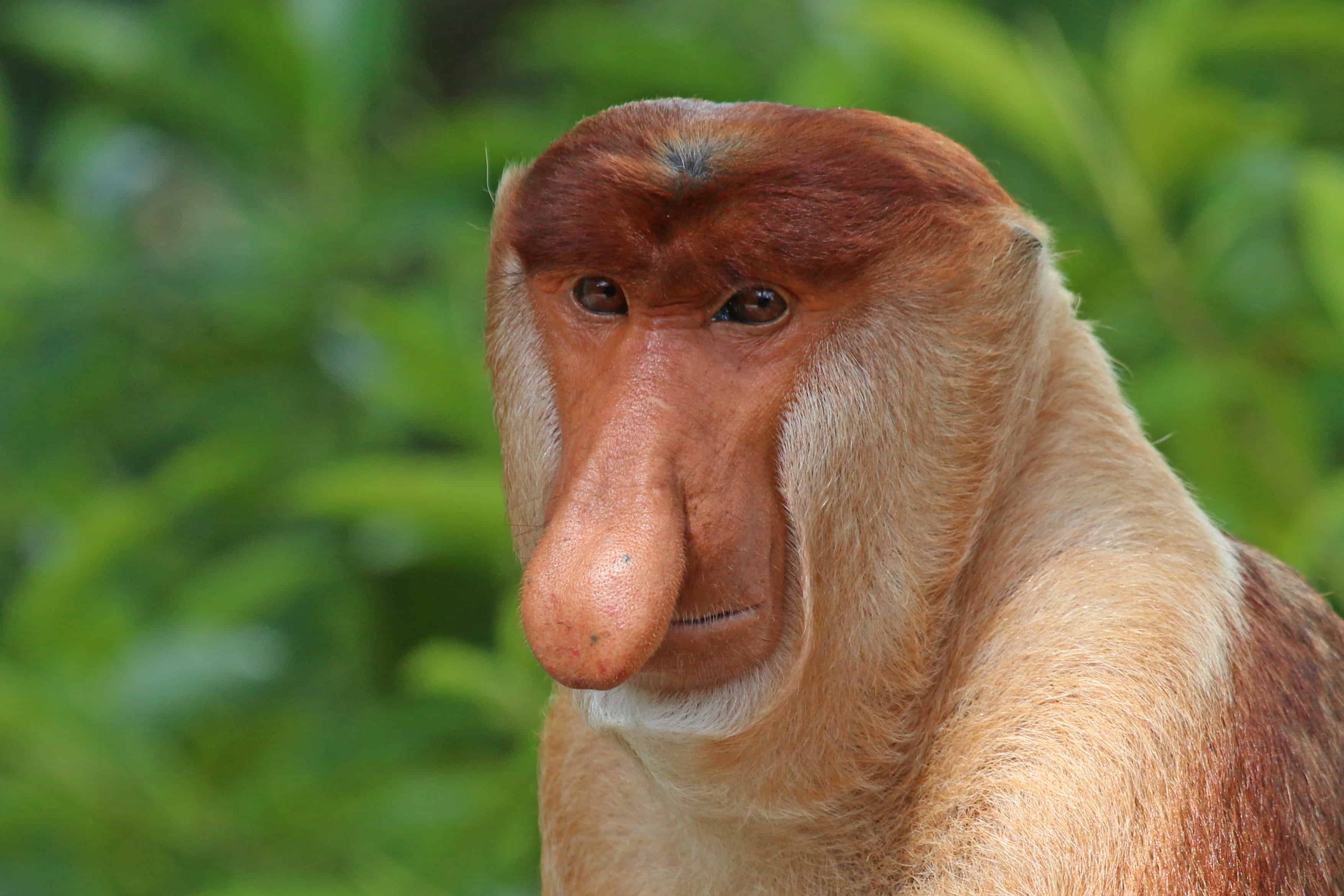
Proboscis monkeys have the most distinct faces in the world of monkeys. These monkeys have long noses and live in mangrove forests. Some scientists believe that the nose helps the male’s mating calls by acting as an echo chamber of sorts. Their stomach can digest leaves as well. Proboscis monkeys are endangered not just because of habitat loss, but because they’re hunted down for their body parts to be used in traditional medicine.
De Brazza’s Monkey
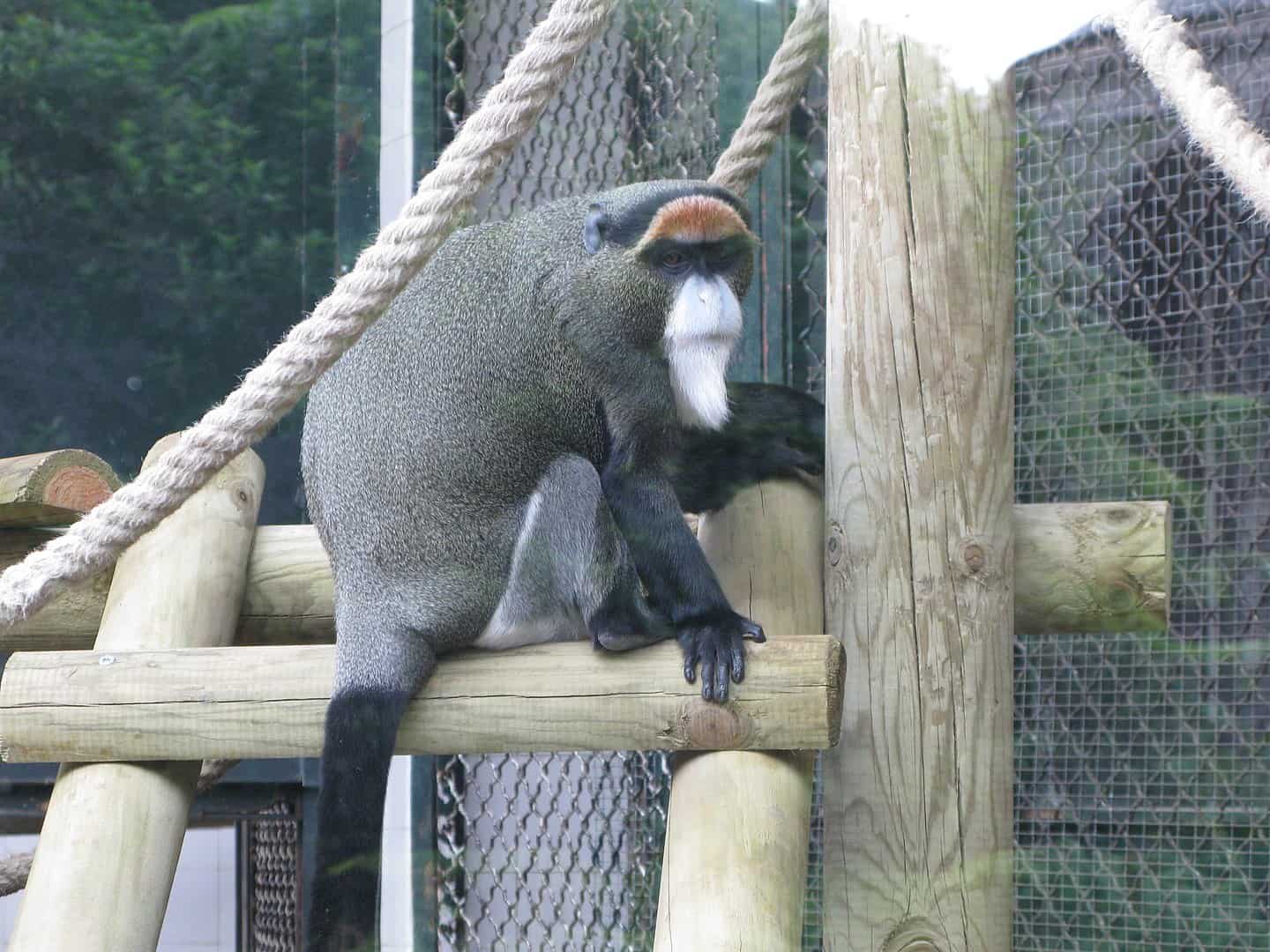
Don’t let the image fool you, because De Brazza’s Monkey is actually quite small. This monkey’s color pattern, hair texture, and size are anything but common. They are very territorial and tend to live with only one troop for the rest of their lives. They named the De Brazza’s monkey after Pietro Savorgnan Di Brazza, who was a colonizer of Congo.
Emperor Tamarin
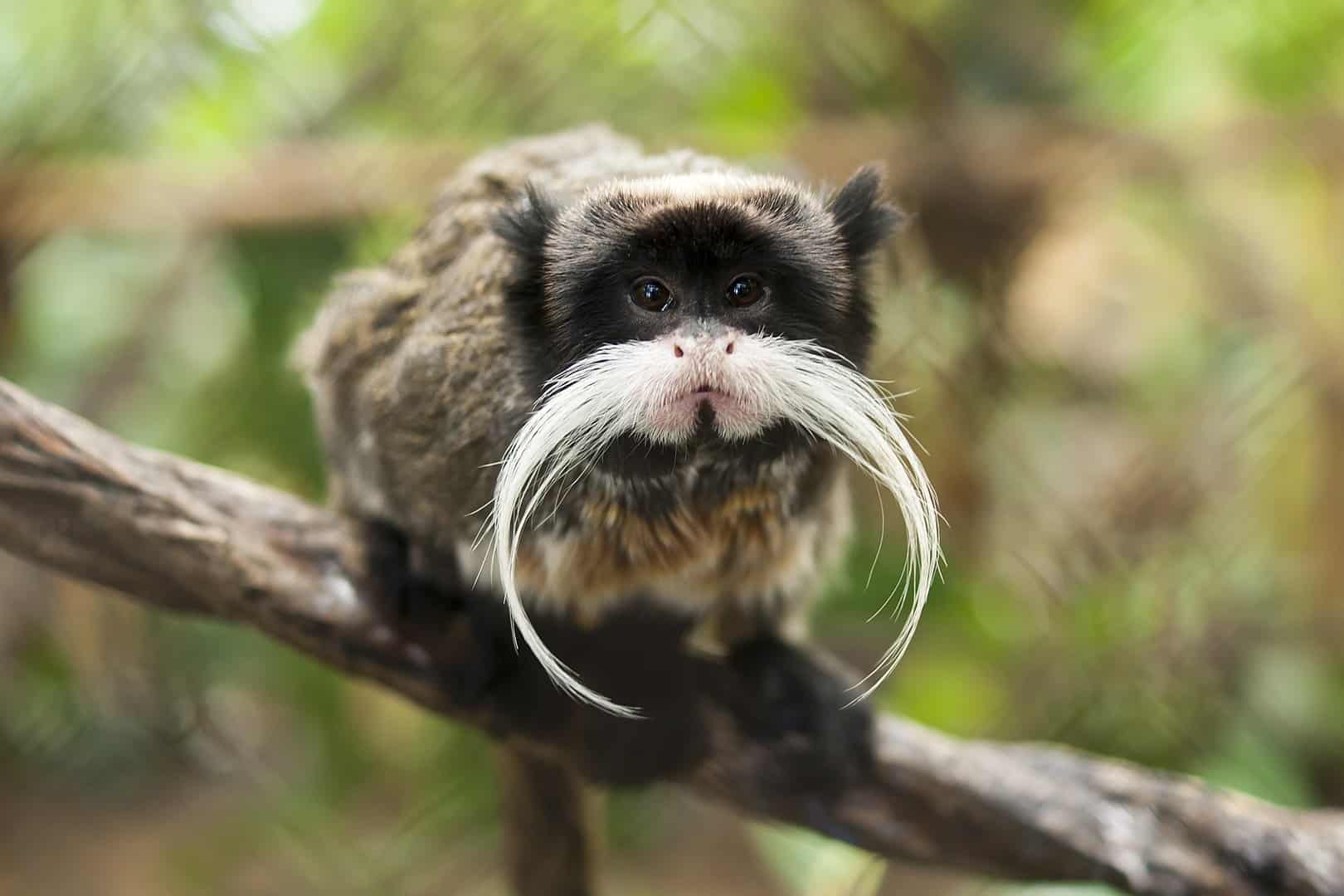
One of the smaller monkeys that are just unbearably cute. They are the only monkeys with long white mustaches. Emperor Tamarin lives in the Amazon River Basin, comprising 15 members in one group. For a small primate, their life span is longer than normal, and they can even live up to 20 years.
Snow Monkey
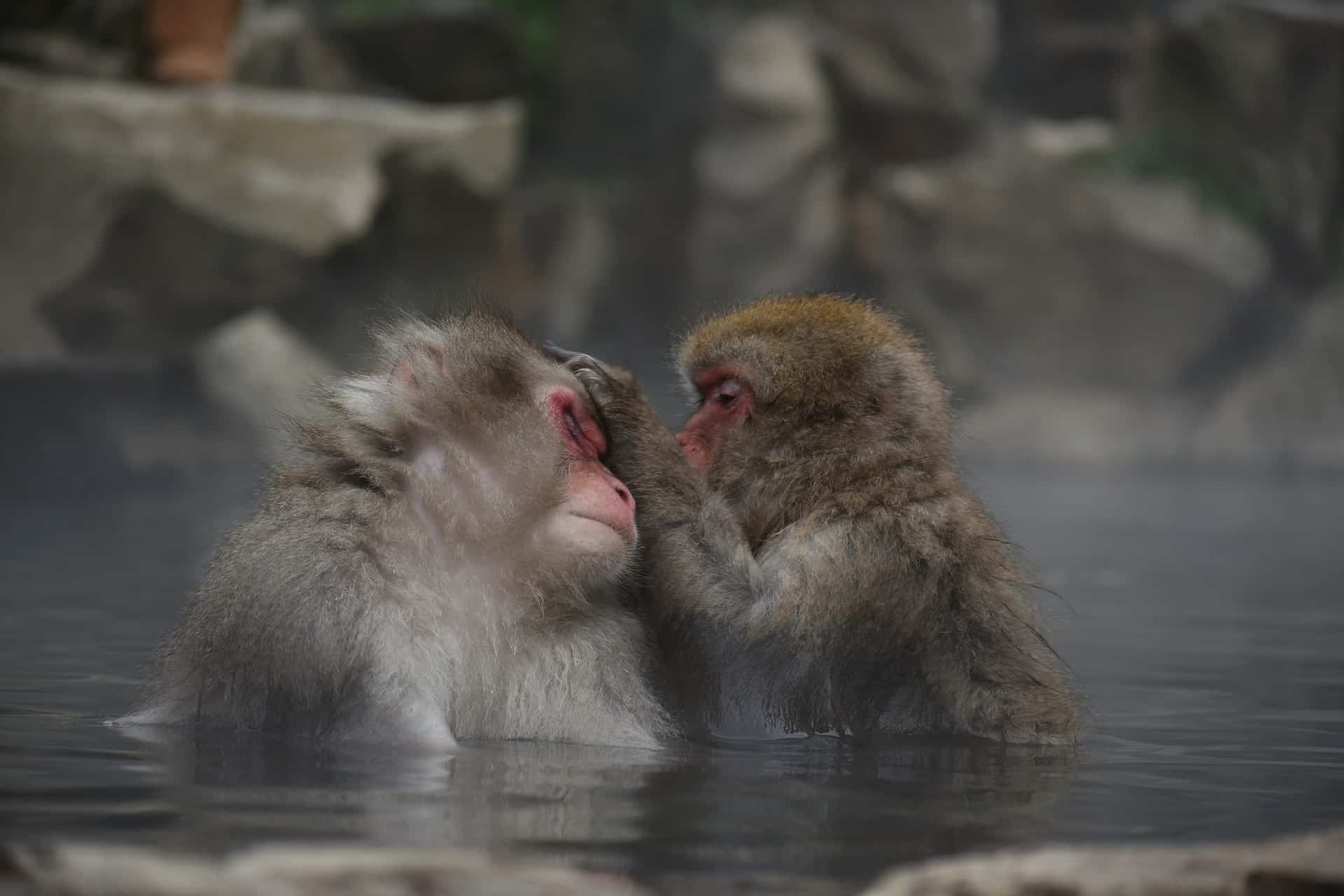
The Japanese Macaque or Snow Monkey lives in the snowy parts of Japan. They live in troops of 20 to 30 members. Female Snow monkeys do not leave their original troop, while Male Snow monkeys leave to join other troops once they reach the proper age. The unique thing about Japanese Macaques is their habit of taking hot spring baths together. Many tourists come to see the snow monkeys bathe in the hot springs.
Was this page helpful?
Our commitment to delivering trustworthy and engaging content is at the heart of what we do. Each fact on our site is contributed by real users like you, bringing a wealth of diverse insights and information. To ensure the highest standards of accuracy and reliability, our dedicated editors meticulously review each submission. This process guarantees that the facts we share are not only fascinating but also credible. Trust in our commitment to quality and authenticity as you explore and learn with us.
